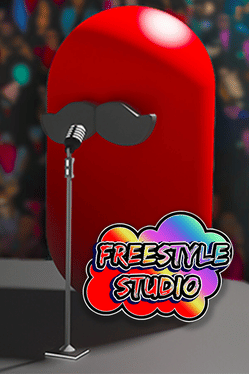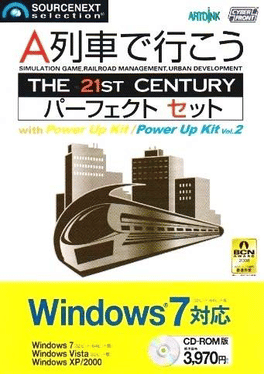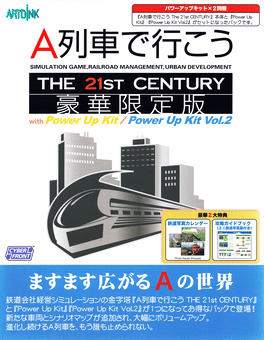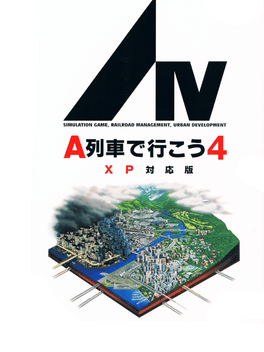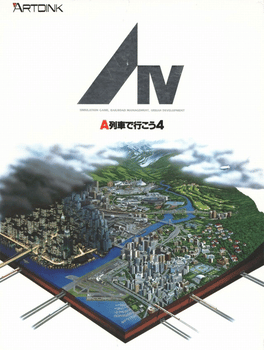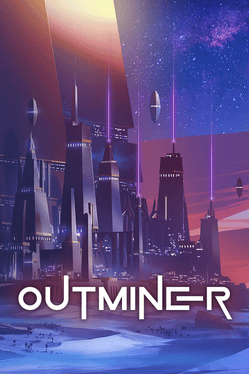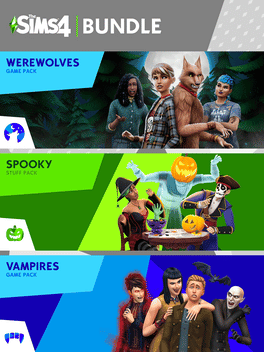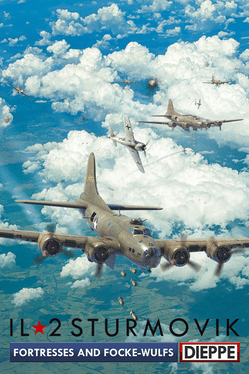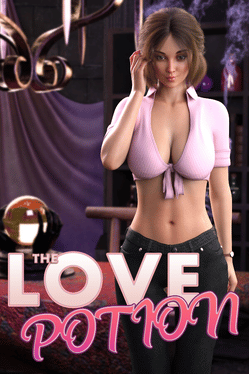Most Popular Simulator Games - Page 163
-
A-Ressha de Ikou
1991
-
Freestyle Studio
Rap battle others, practice your freestyling skills, advance in the rapping community. Freestyle Studio is a fun way to practice your rapping skills, whether that be alone or against others. -
A-Ressha de Ikou EZ
2006
-
A-Ressha de Ikou i
Released on the DoCoMo 504i/505i/506i/900 mobile phones as a service planning game and distributed by Hudson Soft. Players had to pay a monthly fee to access the game. -
AIV: A-Ressha de Ikou 4 - XP Taiou-ban
2004
2004 reissue of the fourth entry in the A-Train series from 1993, officially compatible with Windows versions up to Windows XP. -
AIV: A-Ressha de Ikou 4 - 15th Anniversary
2000
As a celebration of their 15 year anniversary, Artdink re-released a few games as a 15th anniversary edition. This re-release of AIV was programmed to run on Windows 98 as well as previous versions, which hadn't been able to play this game prior. -
A-Train Evolution Pack
This edition includes the PlayStation version of AIV: Evolution Global, a PlayStation Mouse, an A-Train mousepad, and a PlayStation memory card. -
House Master
Have you ever dreamed of what it would be like to build your own house? Or maybe just your own gazebo, shed, or outdoor fireplace? What would it look like, and how much could it cost? The House Master will answer all these questions and more! -
Outminer
2024
Outminer
2024
Disaster strikes as you're about to complete your most important mission as a captain, forcing your crew and you to adapt to the harsh environment of a forsaken planet. Do you have what it takes to make it out alive? -
Santa's Gift Grab
2024
Santa's Gift Grab
2024
Step into a snowy world with our straightforward collector's game. Featuring clean low-poly graphics and soothing Christmas tunes, your task is to help Santa gather his misplaced gifts. But be quick! -
The Sims 4 Halloween Bundle
Transform your Sims and their homes for Halloween with The Sims 4 Werewolves Game Pack, The Sims 4 Vampires Game Pack, and The Sims 4 Spooky Stuff Pack. -
IL-2 Sturmovik: Fortresses and Focke-Wulfs - Dieppe
IL-2 Sturmovik: Fortresses and Focke-Wulfs - Dieppe is a realistic and challenging combat flight simulation set over the embattled beach fortress of Dieppe, France in WWII. Fly and fight in Focke-Wulfs, Messerschmitts, Spitfires, Typhoons, P-51’s and B-17’s as the iconic Raid of 1942 unfolds below. -
Love Potion
2023
Love Potion
2023
Love Potion is an engaging visual novel that takes players on a heartfelt journey through the complexities of love and self-discovery. -
Virtual Families 3: Our Country Home
2023
Virtual Families 3: Our Country Home is a new way to play! Now a premium experience with no micro transactions to buy! -
Lamar: Idle Vlogger
2020
Lamar: Idle Vlogger
2020
A guy who drives a rust bucket cannot repay a debt to his friend and decides to become a blogger. He is denied a loan for a cell phone and borrows it from a friend. This is his last chance to make it out of the slums.

